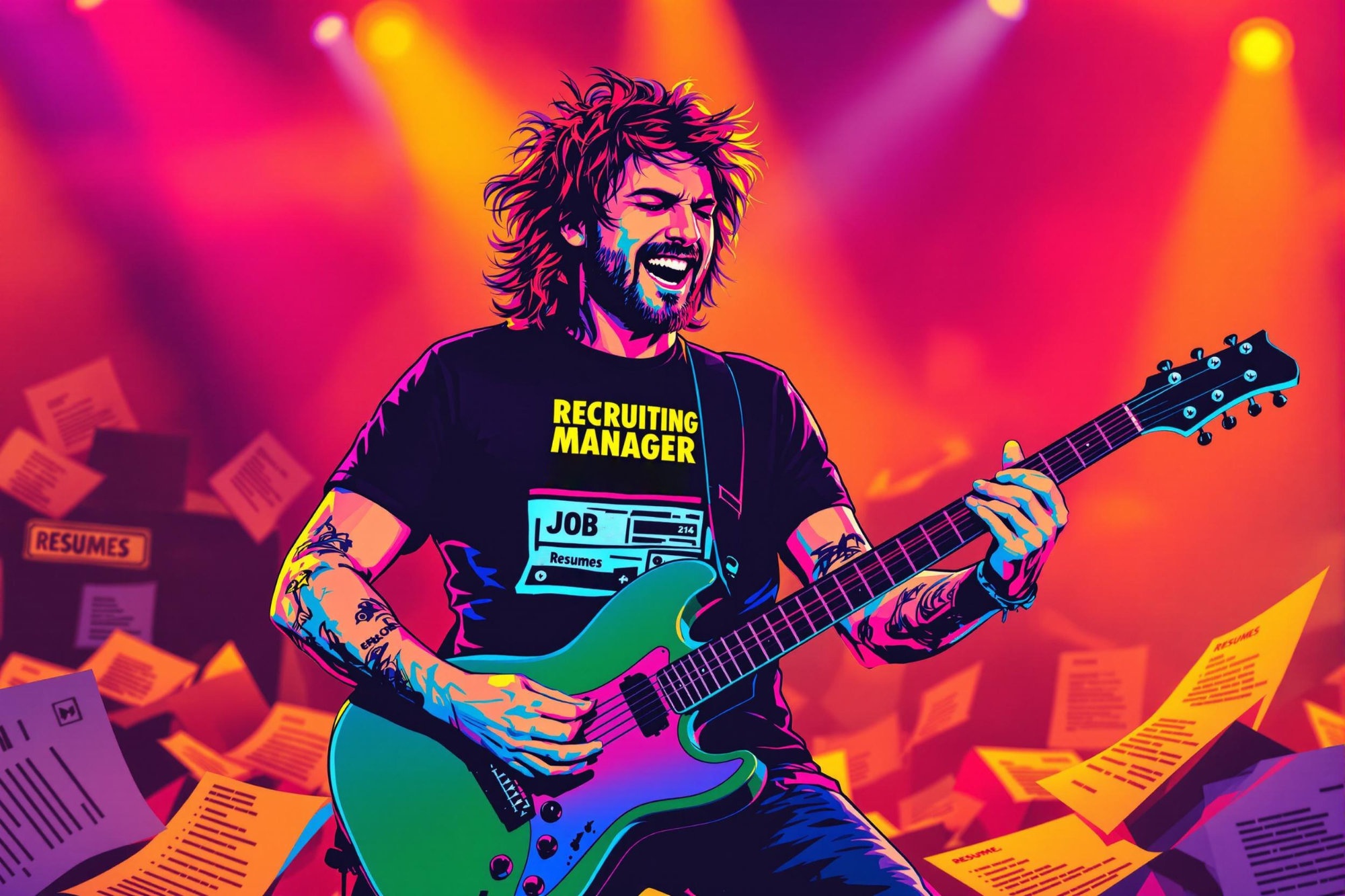
Octopus
Octopus is a backup breathing device that provides an extra source of air while scuba diving. It's an essential safety equipment that diving instructors must be familiar with and teach students about. The term appears in diving certifications and job descriptions because instructors need to demonstrate proper use, maintenance, and emergency procedures involving this equipment. When employers mention "Octopus" in job listings, they're referring to this backup breathing system, not the sea creature. It's sometimes also called a "backup regulator" or "secondary air source."
Examples in Resumes
Trained 200+ students in proper Octopus deployment and emergency procedures
Conducted monthly maintenance checks on Octopus regulators and diving equipment
Certified instructor for emergency Octopus air-sharing techniques
Typical job title: "Scuba Diving Instructors"
Also try searching for:
Where to Find Scuba Diving Instructors
Professional Organizations
Job Boards
Online Communities
Example Interview Questions
Senior Level Questions
Q: How do you teach students to handle an out-of-air emergency using an Octopus?
Expected Answer: Should explain step-by-step teaching methods, common student mistakes to watch for, and how to build confidence in emergency procedures. Should mention safety protocols and different teaching approaches for various skill levels.
Q: What is your experience with managing Octopus equipment for a diving center?
Expected Answer: Should discuss maintenance schedules, safety checks, inventory management, and training other staff members on proper equipment care and emergency procedures.
Mid Level Questions
Q: What are the key points you check when inspecting an Octopus regulator?
Expected Answer: Should discuss visual inspection points, breathing test procedures, and common wear and tear issues to look for during pre-dive checks.
Q: How do you demonstrate Octopus use in confined water vs open water training?
Expected Answer: Should explain different teaching approaches for pool vs ocean training, safety considerations for each environment, and how to build student confidence progressively.
Junior Level Questions
Q: What is an Octopus and why is it important in scuba diving?
Expected Answer: Should explain that it's a backup breathing device, its basic function, and why it's crucial for diver safety and emergency situations.
Q: Where should an Octopus be positioned on a diver's equipment setup?
Expected Answer: Should describe proper positioning for easy access, standard configuration, and why correct placement matters for emergency situations.
Experience Level Indicators
Junior (0-1 years)
- Basic Octopus deployment and use
- Equipment maintenance basics
- Standard safety procedures
- Basic emergency response
Mid (2-4 years)
- Advanced emergency procedure training
- Equipment troubleshooting
- Student assessment techniques
- Confined and open water instruction
Senior (5+ years)
- Training program development
- Equipment maintenance management
- Emergency response leadership
- Instructor training and certification
Red Flags to Watch For
- Unfamiliarity with basic emergency procedures
- Lack of current diving certification
- No experience with equipment maintenance
- Poor understanding of safety protocols
- Unable to demonstrate proper Octopus deployment
Need more hiring wisdom? Check these out...

Workforce Solutions Aggregators: The Next Big Thing You Didn't Know You Needed

The Gig Economy Is Here: How to Prepare and Prosper

Neurodiversity in Hiring: Unlocking Hidden Talent Pools for the Future

